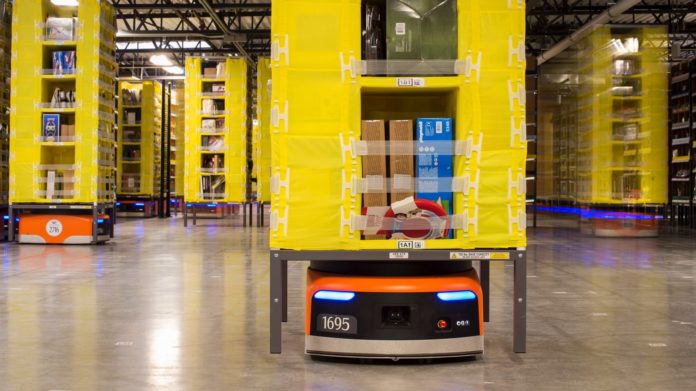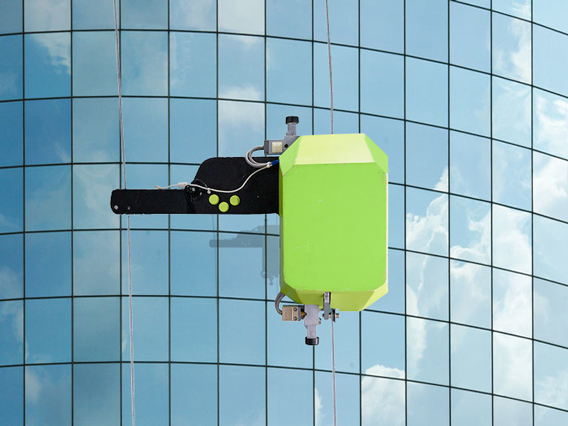
While large businesses often have multiple advantages against small businesses, one thing is constant, time. For small businesses to stand against large business, they will have to improve their productivity or in simple terms, to do more within the same set of time. Productivity is so important to Amazon that it purchased Kiva Robots for $775 million in 2012 and kept Kiva to itself.
Kiva robots enabled Amazon to cut product fulfilment time by 80% from 75 minutes to 15 minutes as reported by Quartz. Kiva robots are not only more productive, they are also small which allows warehouses to hold 50% more inventory and reduce the operating cost by 20%.
If you are a small business owner, this is a major piece of bad news even if you are not in the e-commerce or warehouse management space. Amazon is only embracing the start of the robotics revolution. As small and medium sized enterprises (SME), the only way to beat the large companies is to join in the revolution.
Around the world, there are some inspirational SMEs who had already joined in the robotics race. They are:
1. FTD High Rise Inspection – Canada
FTD inspects tall buildings efficiently with robots to detect building defects for both the construction companies and the building owners.

Instead of hiring humans to do this potentially risky job, their crew controls this robots at the safety of the ground floor. The scan can tag and map the defects in the buildings for the construction crew to review in just 8 hours instead of days for the typical human inspection. Such competitive performance would reduce construction cost which would result in affordable office spaces for work and value for money studio spaces for play.
2. 3E Accounting – Singapore
Robotics can also be deployed outside of construction and factory settings right into the office. 3E Accounting which hails from Singapore uses a telepresence robot to bring a female staff who was on maternity leave to the office virtually. It is also the first accounting firm to do so in Singapore.

This robot allowed 3E Accounting to implement flexible working arrangement which increased productivity and staff retention. 3E’s productivity increased from 41% to 46% and revenue per staff increased from $92,037 to $135,076 over 1 year. The telepresence robot only cost $7,000 which more than paid for itself.
3. Hoovy – United States and India
Hoovy is a US based company that used drones to fly billboards around the United States and India. Instead of using humans, Hoovy can place advertisements at anywhere when there are people from buildings to outdoors concert.

Hoovy is the result of crowdfunding website Indigogo which repurpose existing drones with 8 motors so that they can carry heavy weights. It is also novel concept which catches the attention of crowds and they charge between $120 to $200 per hour according to CNBC.
Robots Are Modern Day Motors Engine
Can you imagine walking for hours to reach a mall that is 10 miles away? Before the invention of the motor engine, humans have to rely on their feet or horses if they are well-off to travel 10 miles. Today, it can be covered in an hour with ease with an automobile.
There are fears today about robots replacing the jobs of humans which is not unlike fears that there will be mass unemployment when horse carriages were replaced. Today, we like higher quality of life because of automobile.
What is stopping you?
Financing is another concern but it should not be a major cost as robots’ price had dropped from $182,000 in 2005 to $103,000 in 2025 according to management consultant BCG. For non-industrial robots, the cost would be lower. Companies can get business loans to improve their productivity with robots which will pay off in the long run.
Don’t let the lack of money or the fear of replacing human jobs stop you. After all, Amazon is still hiring human warehouse workers after adding 45,000 Kiva robots to their warehouses.



































